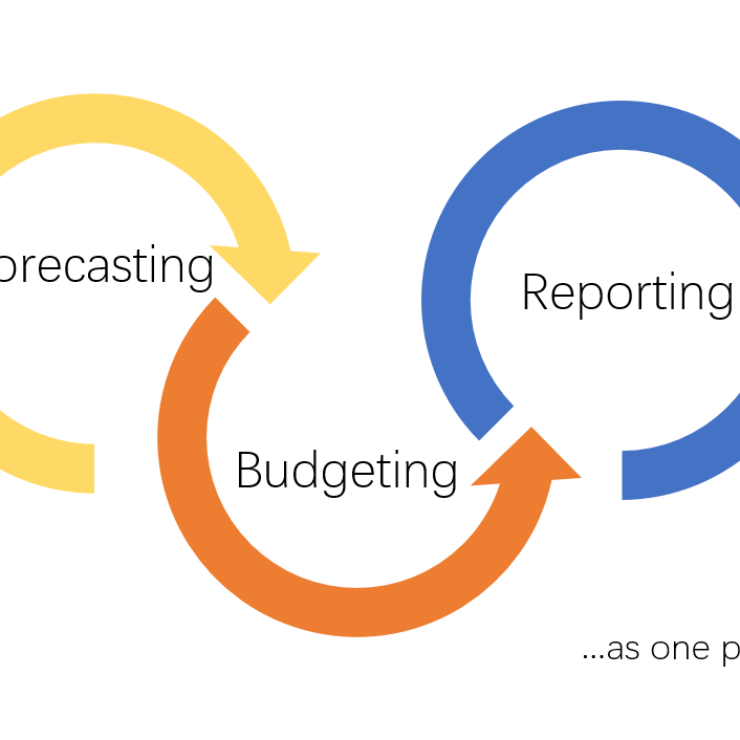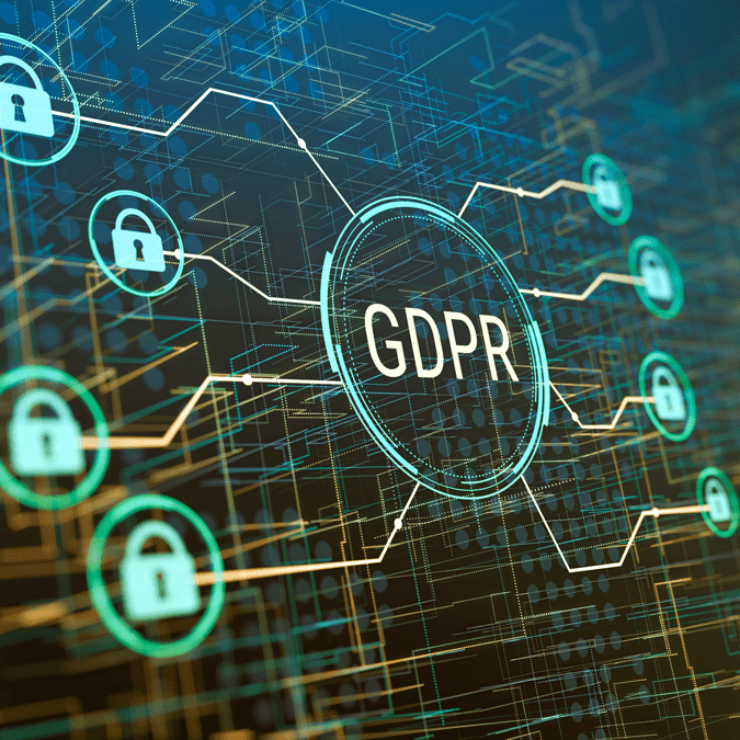Enterprise Resource Planning (ERP) systems are the backbone of many organizations, helping streamline business processes and manage critical data. However, this wealth of sensitive information also makes ERPs a prime target for cybercriminals. Protecting sensitive ERP data is of utmost importance to ensure the confidentiality, integrity, and availability of this critical information.
Access Control : Implement robust access control measures to restrict ERP data access to authorized personnel only. This includes:
User Authentication: Enforce strong password policies and multi-factor authentication (MFA) to ensure that only authorized users can access the ERP system.
Role-Based Access Control (RBAC): Assign roles and permissions based on job responsibilities to limit access to necessary functions and data.
Regular Review: Conduct regular access reviews to revoke unnecessary permissions and accounts.
Data Encryption : Data encryption is crucial for protecting data both in transit and at rest. Employ the following encryption techniques:
Transport Layer Security (TLS): Encrypt data transmitted between the ERP system and users through secure protocols.
Data-at-Rest Encryption: Encrypt data stored in databases or on physical storage devices to prevent unauthorized access in case of a breach.
Regular Patch Management Keep your ERP system and associated software up to date by regularly applying security patches. Cybercriminals often target known vulnerabilities, so patching is critical in reducing the attack surface.
Firewalls and Intrusion Detection Systems (IDS) Implement firewalls to monitor and filter incoming and outgoing network traffic to and from the ERP system. Pair this with an IDS to detect and respond to suspicious activities promptly.
Employee Training and Awareness Employees are often the weakest link in cybersecurity. Provide comprehensive training to educate staff about phishing attacks, social engineering, and the importance of adhering to security policies.
Regular Backups Perform regular backups of ERP data and test the restoration process to ensure data availability in case of ransomware attacks or data corruption. Keep backups in isolated environments to prevent attackers from compromising them.
Vendor Security Assessment If you’re using a third-party ERP system or services, assess their cybersecurity practices and ensure they meet your security standards. Ensure that they have robust security measures in place, as their vulnerabilities can impact your organization.
Incident Response Plan Develop a well-defined incident response plan that outlines the steps to take in case of a security breach. This plan should include communication protocols, roles and responsibilities, and procedures for investigating and mitigating the incident.
Monitoring and Auditing Implement continuous monitoring and auditing of the ERP system’s activities and access logs. This helps detect suspicious behavior and ensures compliance with security policies.
Data Segmentation Segment your network and ERP system to isolate sensitive data from other parts of the organization’s network. This way, even if one segment is compromised, it doesn’t necessarily mean the entire network is at risk.
Regular Security Assessments Conduct regular security assessments, including penetration testing and vulnerability scanning, to identify and address potential weaknesses in your ERP system’s security posture.
Compliance with Regulations Ensure that your ERP system complies with industry-specific regulations and data protection laws, such as GDPR, HIPAA, or CCPA. Non-compliance can result in severe legal consequences.
Protecting sensitive ERP data is a critical aspect of modern business operations. As cyber threats continue to evolve, organizations must stay vigilant and proactive in implementing robust cybersecurity measures. By following the steps outlined in this blog, you can significantly reduce the risk of data breaches and ensure the safety and integrity of your ERP data. Remember, cybersecurity is an ongoing process, and staying informed about the latest threats and security best practices is key to maintaining a strong defense against cyberattacks.




